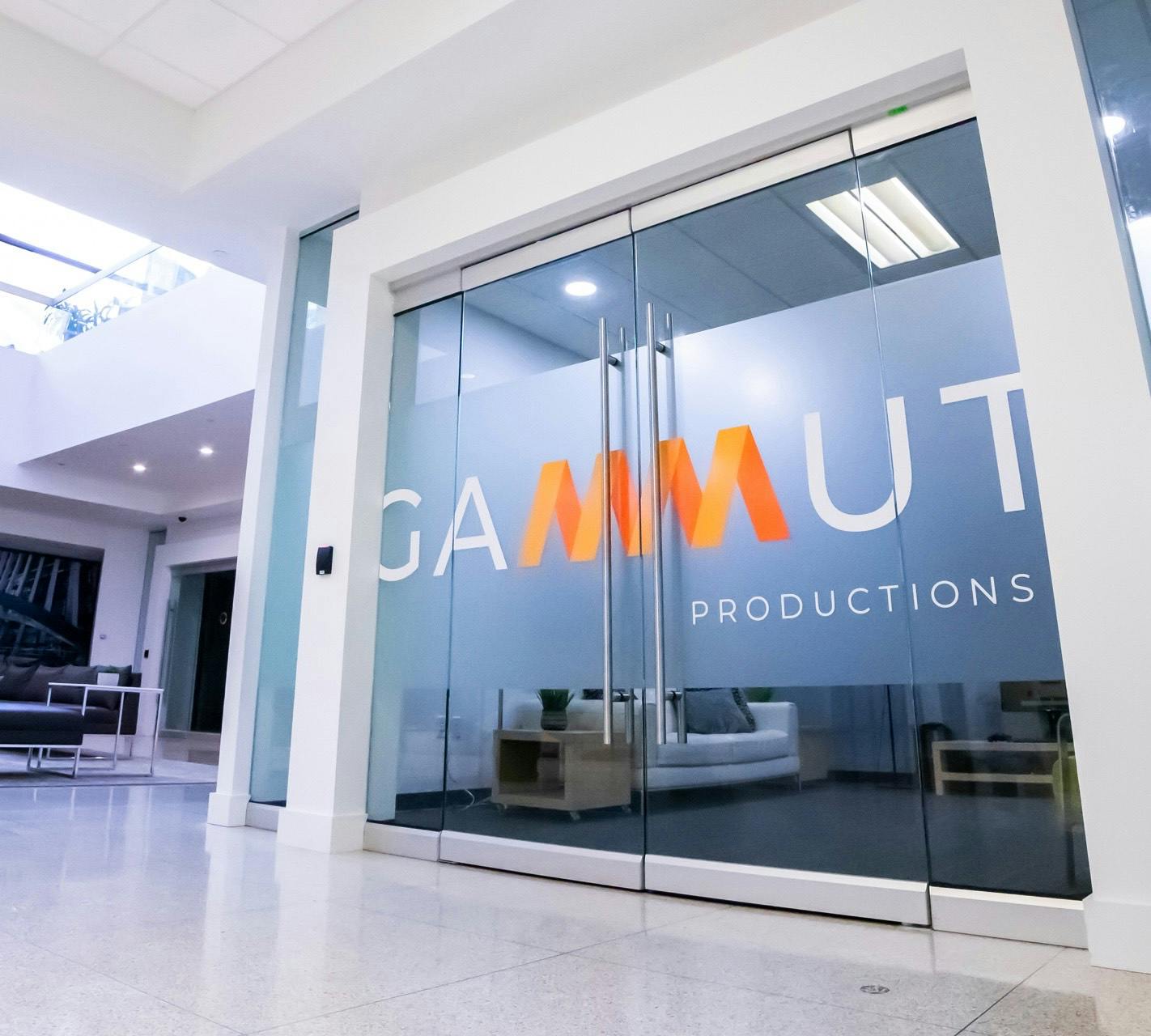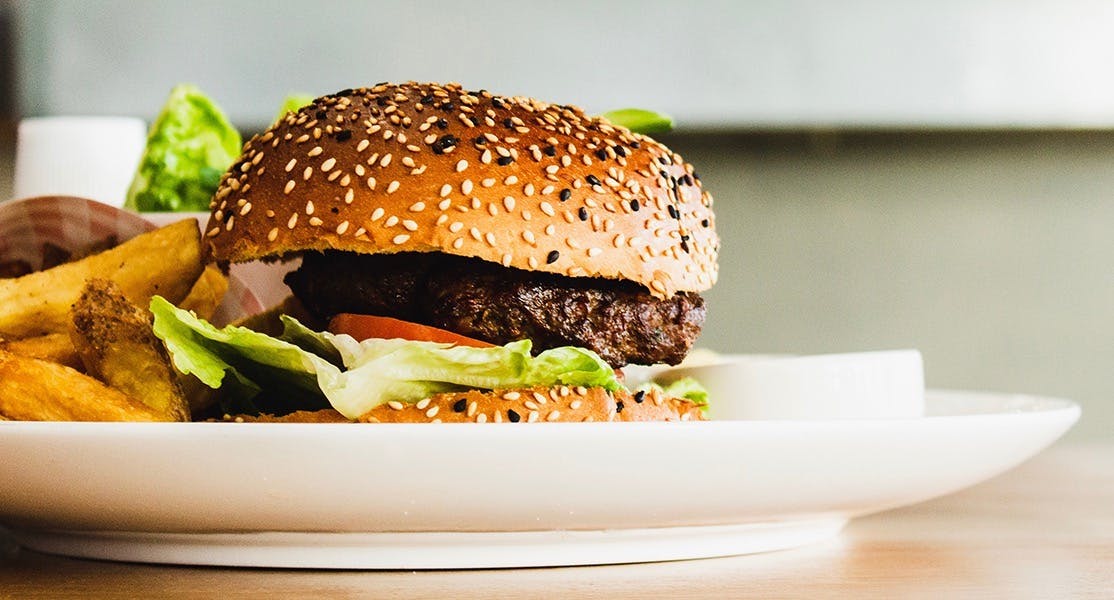This 5-Minute Crash Course in 3D Rendering Will Up Your Asset Game and Save You Thousands
Tell me if this sounds familiar: Every year, you engage a network of photographers to capture your products. You shoot and reshoot, shoot and reshoot, shoot and reshoot. You’re spending thousands of dollars — even hundreds of thousands — on expensive photoshoots for your portfolio of brands.
Well, there’s good news: with the right creative team and 3D rendering know-how, you can break this vicious cycle. At Partners + Napier, I oversee a team of specialists who imagine, create, and optimize thousands of visual assets for CPG marketers like you. Today I’m presenting a crash course in 3D rendering:
What is 3D rendering best used for?
3D rendering is a cost-effective, highly efficient way to create visual assets, while offering incredible creative control.
- Embellish product features to make the image work harder than a photo
- Make quick hero product updates like new labels, packaging, or lighting
- Bring new concepts to life for retail, displays, and products
- Envision retail environments for sell-in purposes
- Add products or make changes to existing photographed scenes
- Design architectural products such as floorplans, furniture, fixtures
How does 3D rendering compare to photography?
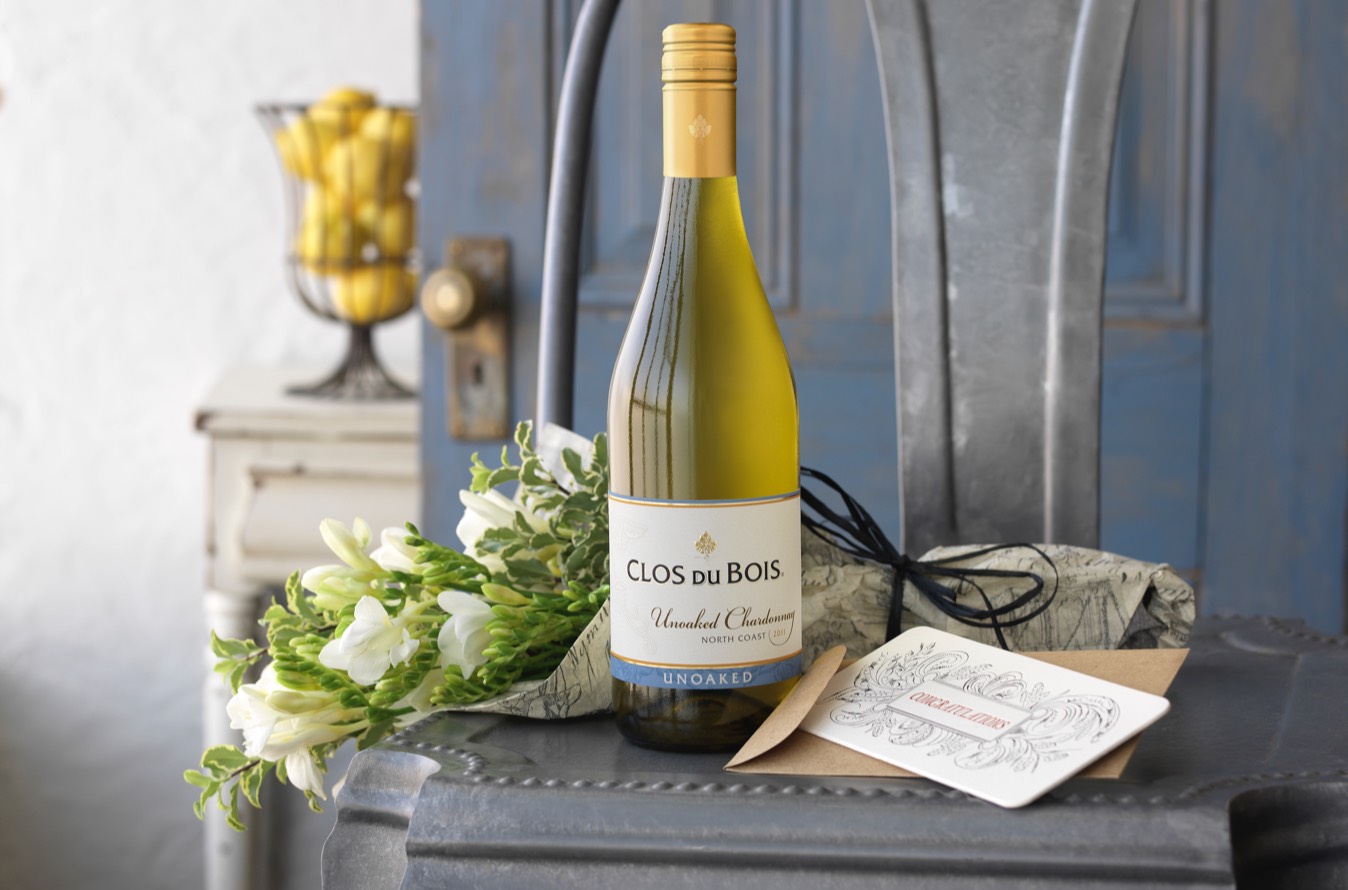
The main difference between a photograph and a 3D rendering is that a photo is a snapshot of a moment in time. Think of a rendered asset as a living asset. It can be changed multiple times, in any configuration you can imagine — colors, patterns, textures, logos, copy, styles, perspective — as quickly as a brand needs it.
What are the benefits of 3D rendering?
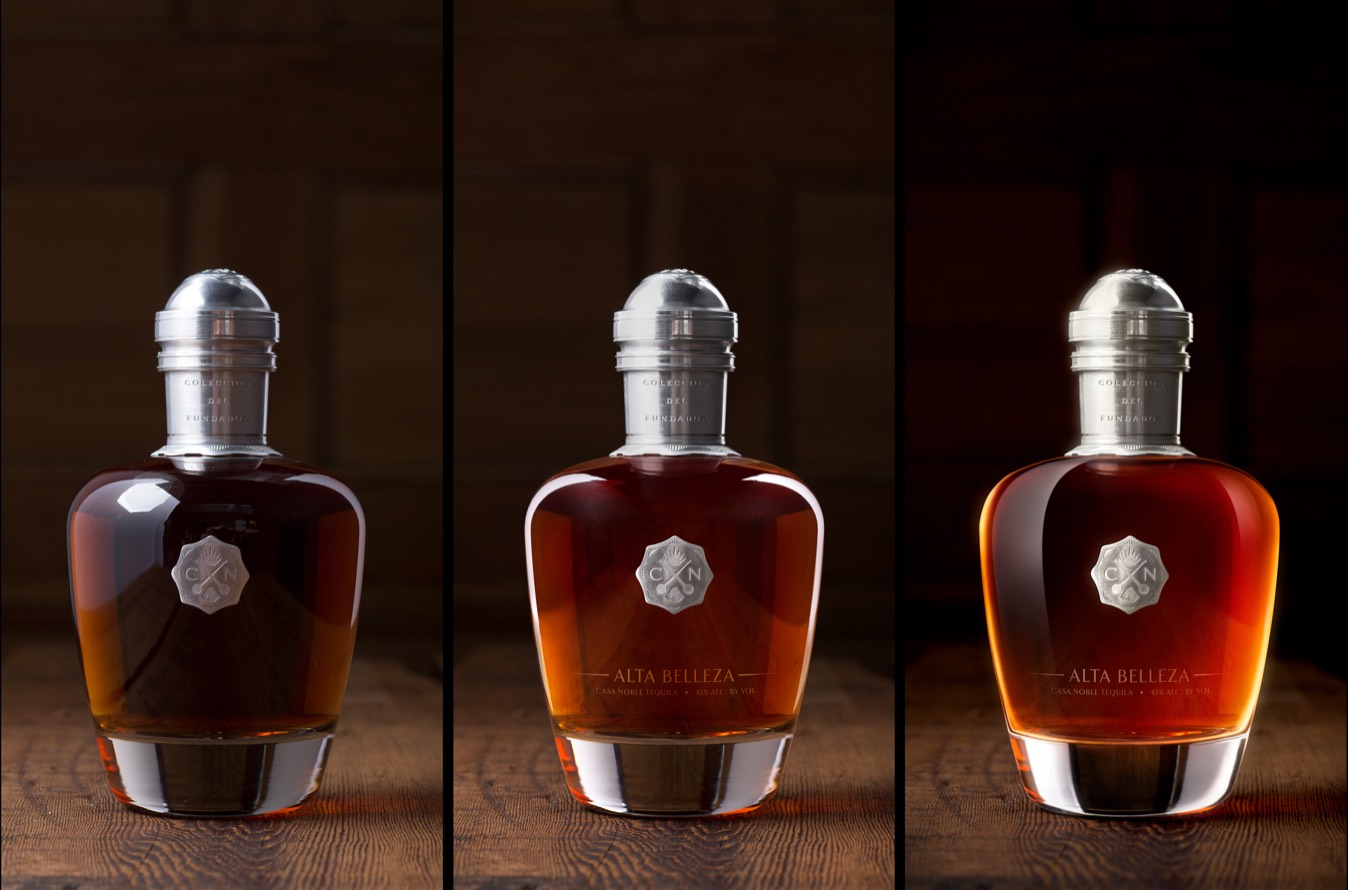
- Cost Savings: A rendered hero product is typically a third of the price of a photoshoot. A rendered product animation can cost as little as a quarter of the price of a video shoot.
- Time Savings: Updates can take as little as an hour. There’s no need to coordinate another shoot to make small tweaks or large changes.
- Flexibility: Depending on your needs, a 3D rendering team can assist from the beginning of a project or jump in midway to flesh out details.
- Creative Control: Add special effects and embellishments to products that can’t be achieved with a camera.
- Clarity: Rendering ensures accuracy of details that might otherwise be muddled in a sketch or photograph.
- Believability: Renderings can act as a stand-in for reality — even defying reality when needed. Giving a product or scene that little extra touch can make all the difference when selling your brand and products.
What are some other ways to use 3D rendering?
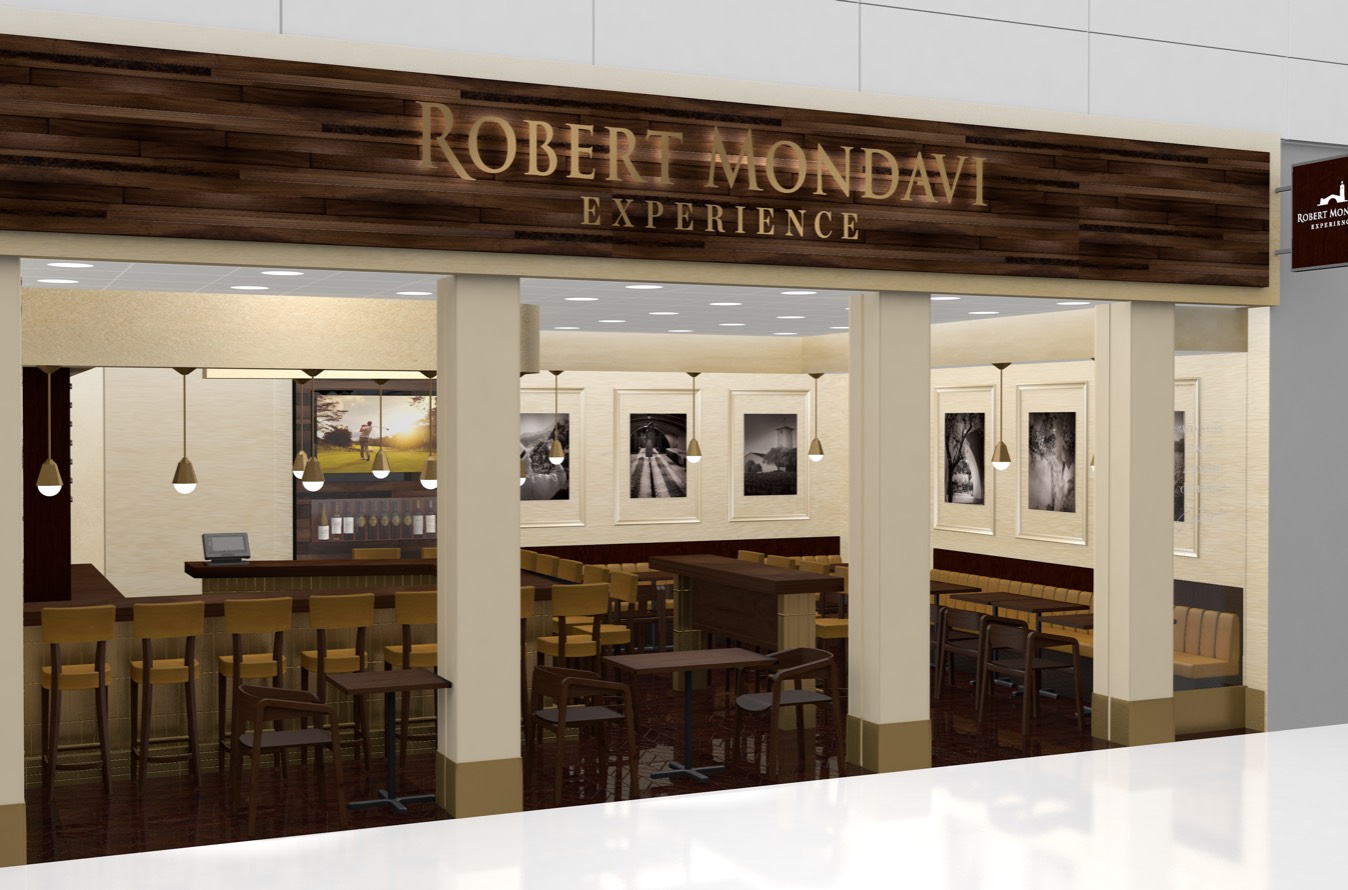
The magic of 3D rendering is endless. Consider upping your game with your internal teams, retail partners, and more with these innovative uses:
- Concepting: Whether it’s dreaming up a new product or retail environment, rendering can flesh out your ideas and gauge whether it’s achievable.
- Environment mapping and design: Provide guidance to vendors, partners, and clients to show how retail spaces, displays and structures should be built to best feature your products and have the most impact.
- Save a photoshoot gone bad: If your photos aren’t the correct resolution or require a lot of retouching, they can be blended with 3D rendering to produce a fully owned asset that can be easily edited for future uses.
- Enhance sell-in tools: Have an amazing idea but don’t have the budget for a prototype? 3D rendering can create a terrific stand-in that seals the deal.
So, there you have it, your five-minute crash course on 3D rendering. And if you find yourself thinking, “Great, but where in the world do I even begin?” — shoot us an email, because freedom from expensive, time-consuming photoshoots is closer than you think, and we can help you get there!
